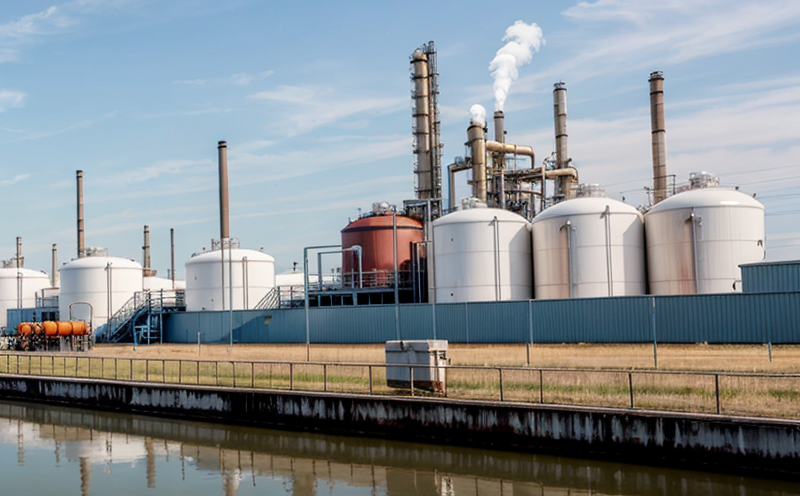CSA C22 Chemical Safety Testing of Electrical Materials
The CSA C22 series of standards is one of the most widely recognized sets of codes and standards for electrical products in Canada. These standards ensure that electrical equipment and materials comply with safety, health, environmental, and energy efficiency requirements.
One critical component within this series is CSA C22, which encompasses a range of tests to evaluate the chemical safety of various electrical materials used in the manufacturing process. This service focuses specifically on ensuring the chemical integrity and stability of these materials before they are incorporated into finished products. The primary goal is to prevent potential hazards that could arise from chemical reactions or exposure during use.
During our testing, we adhere strictly to the guidelines outlined in CSA C22, which includes rigorous procedures for sample preparation, test setup, and interpretation of results. Our team uses state-of-the-art equipment calibrated according to international standards (ISO, ASTM, EN) to ensure accurate measurements and consistent reproducibility.
Our approach begins by receiving raw materials from suppliers or directly from production lines. These samples undergo thorough cleaning processes followed by precise cutting into standardized sizes suitable for testing. Once prepared, they are subjected to a series of chemical tests designed to identify any potential risks associated with their composition or structure.
The tests cover various aspects including but not limited to flammability, corrosivity towards metals and plastics, toxicity levels, and stability under extreme conditions such as high temperatures or humidity. Each step is meticulously documented using advanced software systems that provide real-time updates on progress and results.
After completion of all required tests, our experienced analysts thoroughly analyze the data collected during each phase of testing. They compare these findings against relevant sections of the CSA C22 standards to determine whether or not the materials meet specified criteria for chemical safety.
This service is particularly valuable for quality managers and compliance officers responsible for ensuring that their organizations adhere to all necessary regulations related to electrical products. By partnering with us, they can rest assured knowing that every batch of incoming raw materials has been thoroughly vetted for potential risks before being integrated into manufacturing processes.
Applied Standards
- CSA C22: Comprehensive set of standards covering chemical safety testing for electrical materials.
- ISO 17025: International standard specifying requirements for competence of testing and calibration laboratories.
- ASTM D4869: Standard test method for determining the flammability characteristics of plastics.
- EN 3: European standard defining the performance, design, and construction requirements for personal protective equipment.
Quality and Reliability Assurance
To ensure that our results are reliable and consistent, we follow stringent quality control measures throughout every stage of testing. Here’s what you can expect:
- Initial Inspection: Samples undergo visual inspection to ensure they meet basic physical requirements.
- Precise Measurement: All dimensions are measured using micrometers and other high-precision instruments.
- Environmental Controls: Tests conducted under controlled environmental conditions to mimic real-world scenarios as closely as possible.
- Data Validation: Multiple checks performed on data sets to verify accuracy before final analysis.
Use Cases and Application Examples
Chemical safety testing is crucial when dealing with electrical materials because even minute amounts of certain chemicals can lead to significant issues if not properly managed. Below are some practical applications where our services come into play:
| Application | Description |
|---|---|
| Battery Packs | Ensuring that the electrolytes do not react dangerously with other components inside the pack. |
| Cables and Wiring | Evaluating insulation materials to ensure they don't melt or release toxic fumes during overheating. |
| Electrodes | Checking for any corrosive reactions between the electrode material and surrounding electrolyte solutions. |
| Circuit Boards | Verifying that solder paste and other fluxes used during assembly are chemically stable. |





